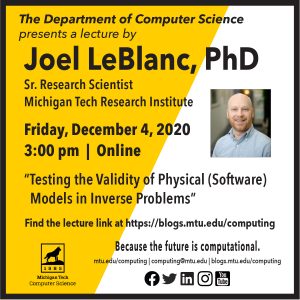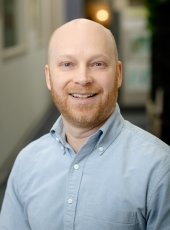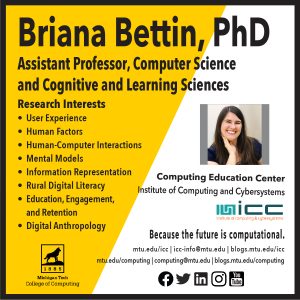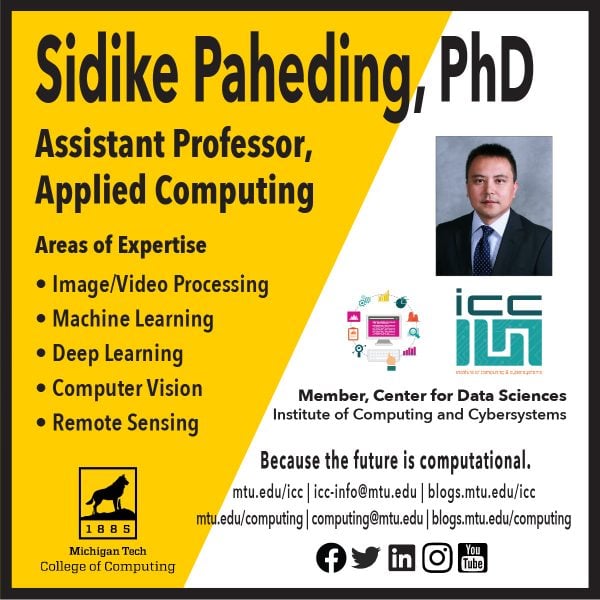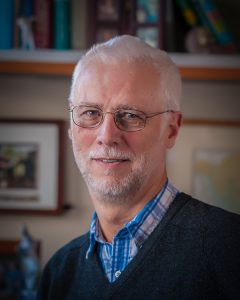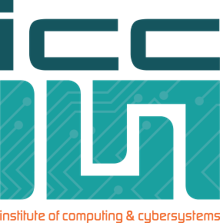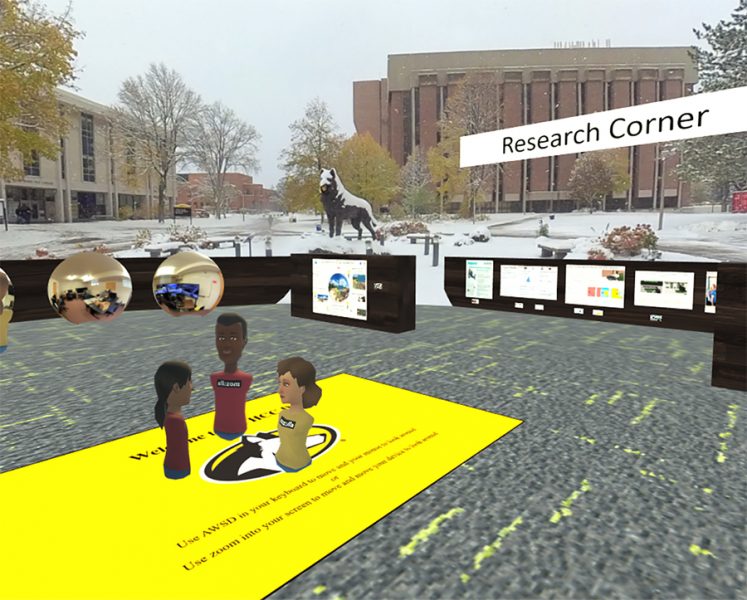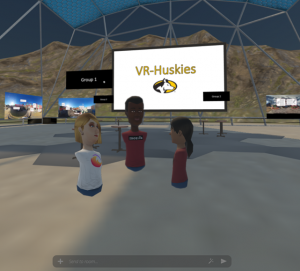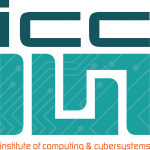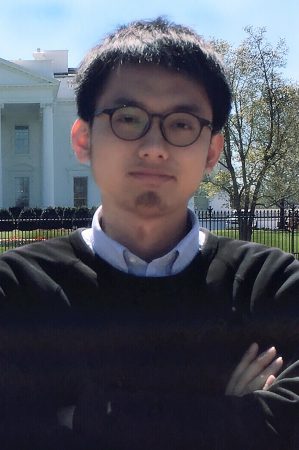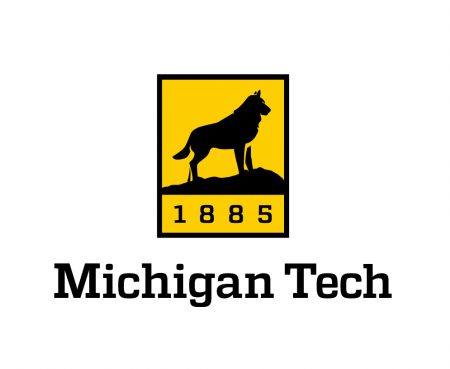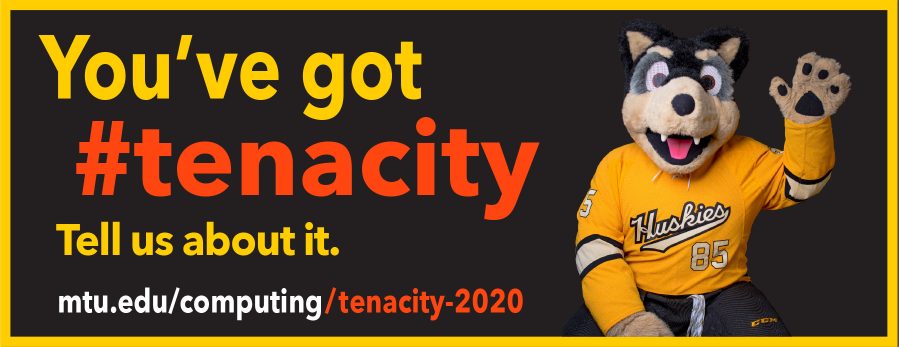
It has definitely been a memorable semester! You’re on the home stretch now and you will get it done. After all, you’re a Husky … and you’ve got #tenacity. Tell us about it.
Share by email.
- Email computing@mtu.edu
- Share a few words about your Fall 2020 Husky #tenacity
- Send us a photograph (or two)
- We’ll publish your #tenacity on our website and social media channels
